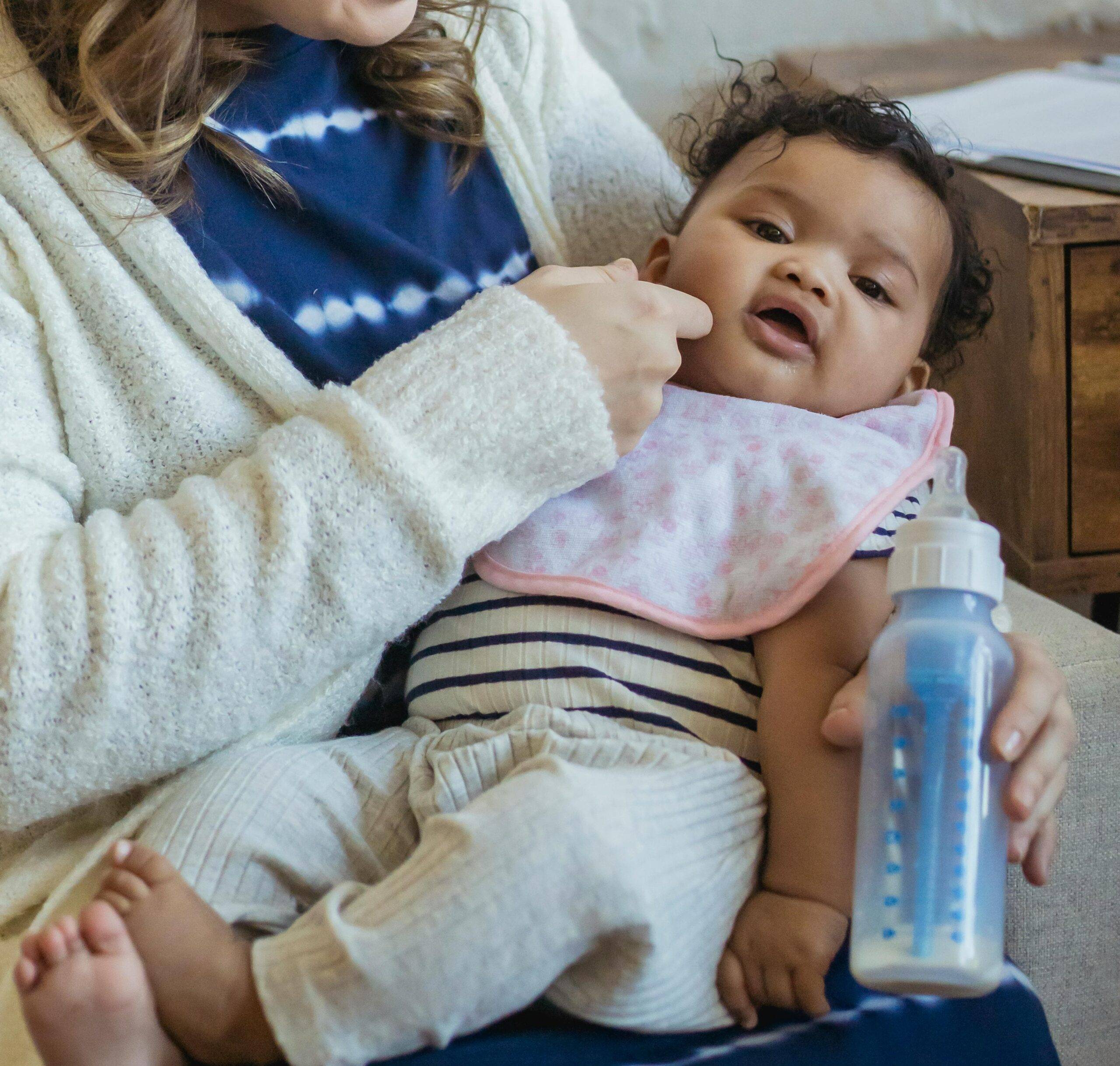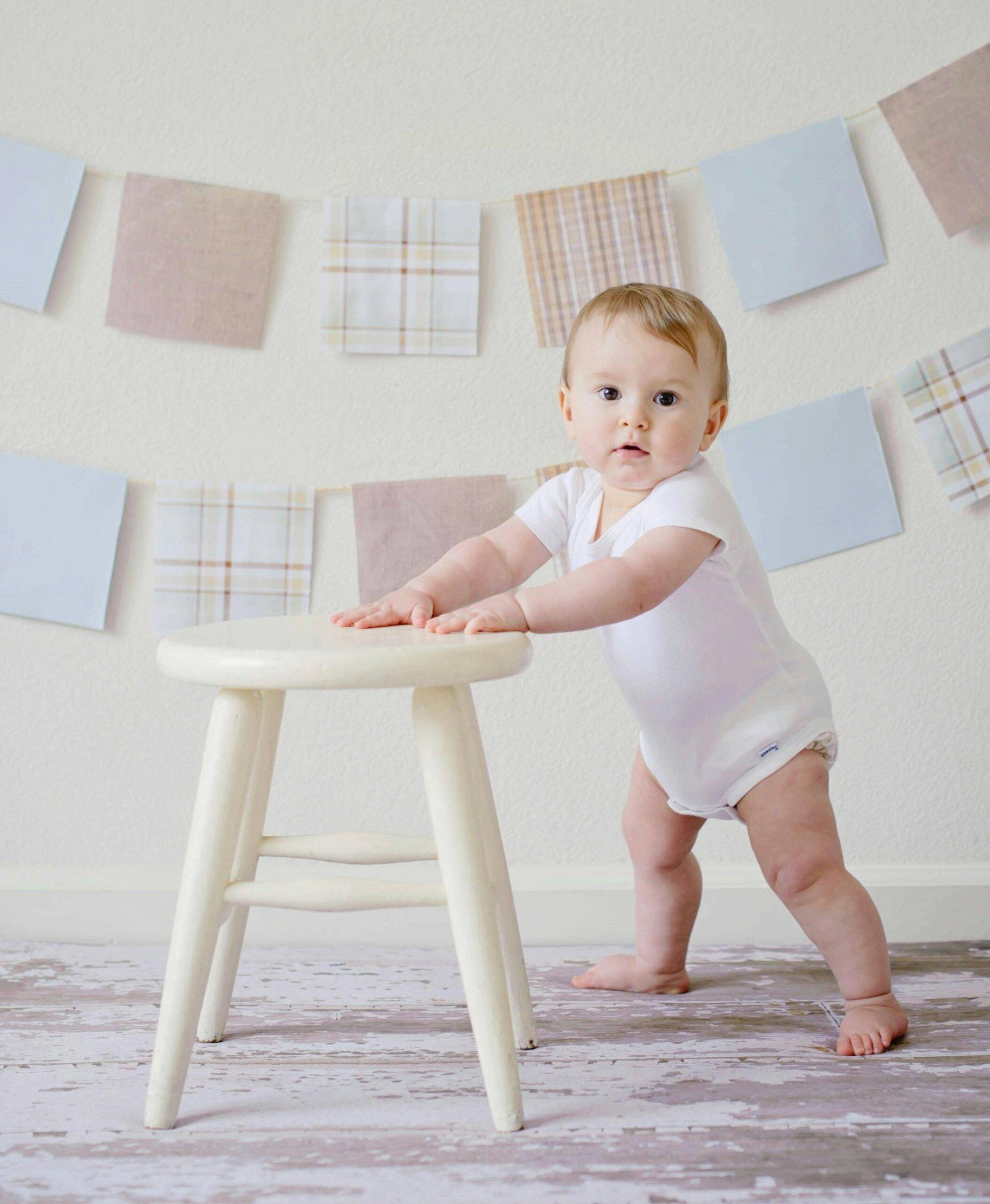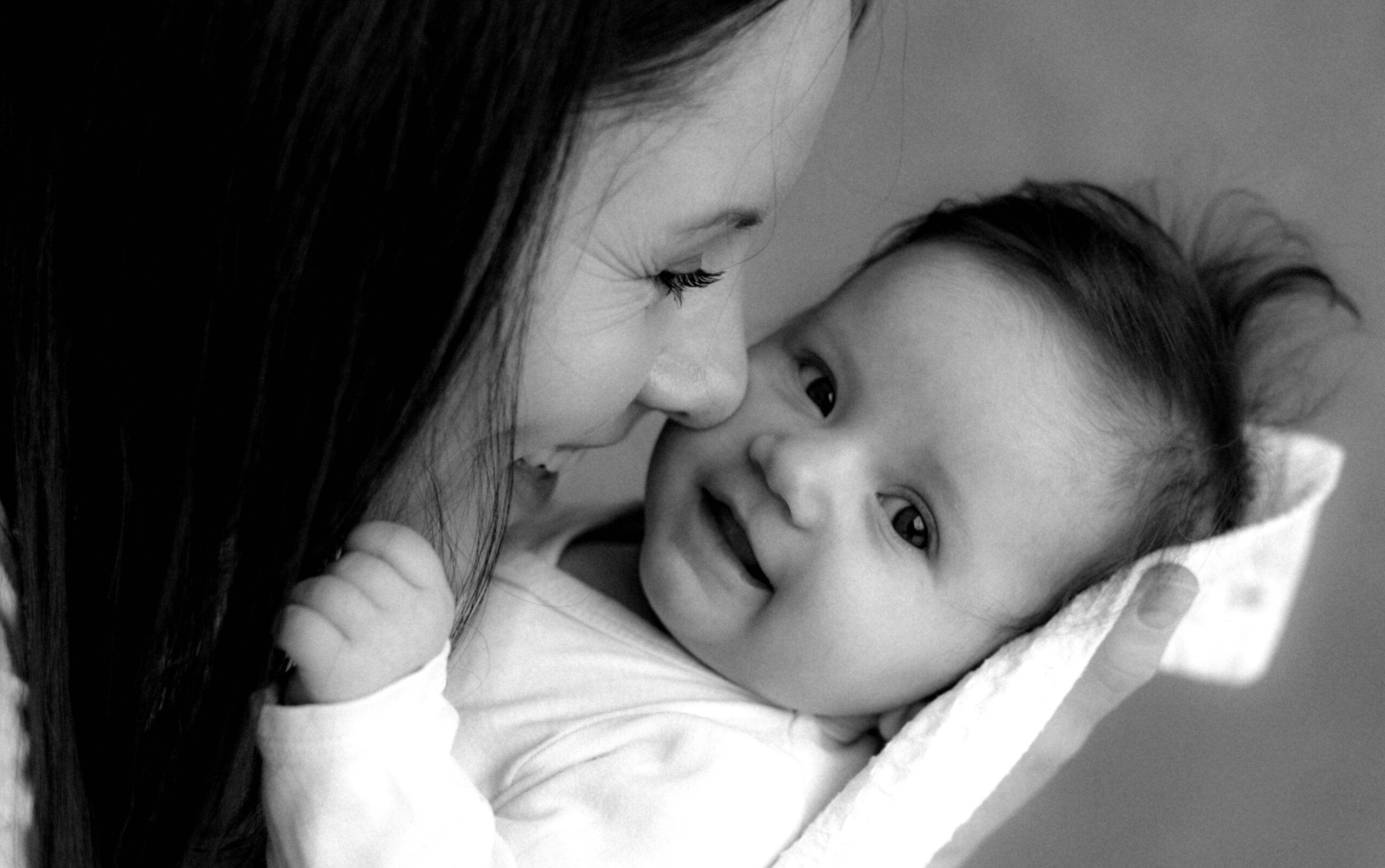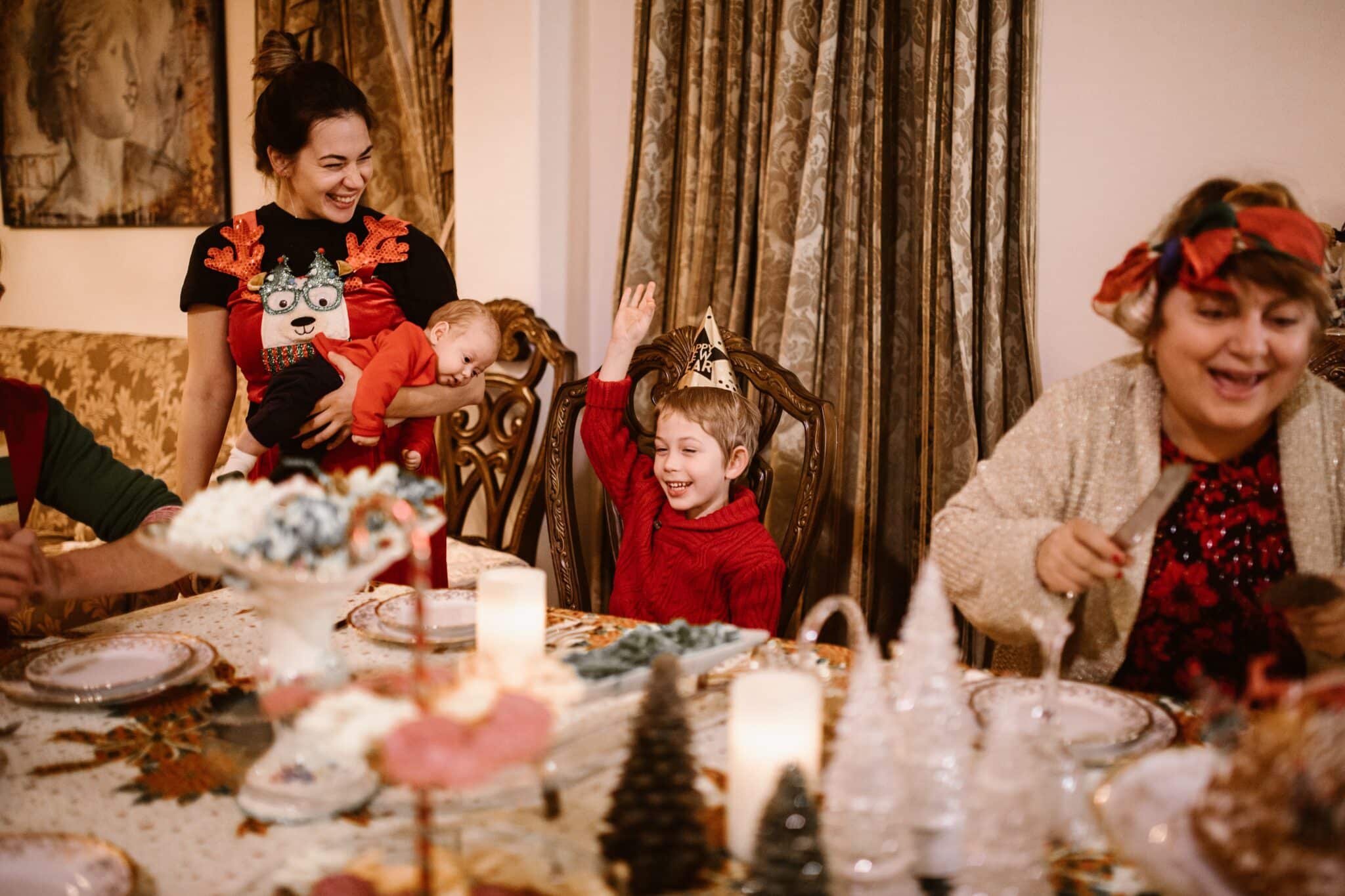When your baby has a fever, every decision feels big—especially something as simple as what to dress them in. Should you bundle them up to keep them warm? Or strip them down so they don’t overheat? It’s easy to worry, and that’s completely normal. Fever is actually your baby’s natural way of fighting off infection.

Fever is not the enemy—discomfort is. Your job isn’t to make the fever vanish instantly but to help your little one feel as calm, safe, and cozy as possible. This guide will walk you through exactly how to dress your baby during a fever.
You’ll learn which clothing choices help regulate their temperature, what to avoid, and other simple steps that can make a big difference in your baby’s comfort—and your peace of mind. Let’s take the guesswork out of dressing a sick baby and be confident to keep them comfy while their body does the hard work of healing.
Understanding Fever and Body Temperature
When your baby has a fever, it means their body is working hard to fight off an infection —usually a virus or bacteria. Think of fever as a helpful signal, not something to panic about. Here’s what happens: the body’s “thermostat,” located in the brain, decides to turn up the heat.
This is the body’s way of making it harder for germs to grow. So your baby’s temperature rises on purpose. That’s why a little fever can actually be a good sign! But this change also means your baby may feel hotter than usual—and figuring out how to dress them gets tricky.
If you bundle your baby up in too many clothes or heavy blankets, their body can’t release the extra heat. This can exacerbate the fever and leave them feeling sweaty and uncomfortable. On the other hand, if you take off too many layers, your baby might start to shiver.
And guess what? Shivering raises body temperature too—something we don’t want during a fever. So what’s the best move? Keep your baby dressed just right—light enough to let heat escape, but warm enough to stop them from getting chilled. It’s all about finding that sweet spot of comfort.

The Goal: Comfort First—Letting the Fever Do Its Job Safely
When your baby has a fever, your number one goal is comfort. Not to cool them down as fast as possible—but to help their body release extra heat naturally, without making them too cold or too hot. Fever is the body’s way of fighting off illness.
What your baby needs most is a calm, cozy environment that allows the fever to do its job safely. Start with light, breathable clothing that helps heat escape. A soft cotton onesie or lightweight pajamas usually work best. Heavy fabrics or too many layers can trap heat, making your little one even more uncomfortable.
But clothing isn’t the only thing to think about. The room temperature matters, too. Keep their room comfortably cool—not cold. Somewhere around 68–72°F (20–22°C) is just right. Use a fan to circulate air if it feels stuffy, but don’t blow air directly on your baby. And remember—babies can’t tell you if they’re too hot or cold.
You’ll need to check them often. Feel the back of their neck, chest, or tummy. If they’re sweaty, they might be too hot. If they’re cold and shivering, it’s time to add a layer. Your baby’s comfort is the best guide. If they seem content, you’re probably doing everything right.
How to Dress a Baby with Fever
1. Lightweight Clothing
Dress your baby in a single layer of lightweight clothing, such as a cotton onesie or pajamas. Cotton is breathable and helps wick away moisture, keeping your baby comfortable. Avoid synthetic fabrics that can trap heat.
2. Avoid Over-Bundling
Do not wrap your baby tightly in blankets or use heavy sleep sacks. Over-bundling can prevent heat from escaping and may lead to overheating. Instead, opt for light layers that can be easily added or removed.
3. Use a Light Blanket (Optional)
If needed, a single, lightweight blanket can be used for comfort. Ensure it does not cause overheating. Monitor your baby’s temperature and remove the blanket if they become too warm.
4. Check for Comfort
Feel your baby’s chest or back to gauge their temperature and comfort level. Hands and feet can often feel cool even when the baby is warm. Your baby should feel warm, not hot or sweaty.
5. Adjust as Needed
If your baby is shivering, add a light layer. If they feel hot and sweaty, remove a layer. Continuously monitor their comfort and make adjustments accordingly.
More Ways to Comfort a Baby with a Fever (beyond clothing)
Clothing is important, but it’s just one piece of the puzzle. Helping your baby feel better during a fever means creating a calm, soothing environment where their body can rest and recover. Here are a few extra comfort tips that can make a big difference:
💧 Keep Your Baby Hydrated
Fever can cause your baby to lose fluids faster than usual, which can lead to dehydration. That’s why it’s important to offer plenty of breast milk or formula throughout the day. Even if your baby isn’t eating as much, small, frequent feedings help keep them hydrated and comfortable.
Look for signs of dehydration, like fewer wet diapers, a dry mouth, or crying without tears. If you’re not sure, call your pediatrician.
🌬️ Keep the Room at a Comfortable Temperature
Your baby’s environment matters. A room that’s too warm can make a fever feel worse. Try to keep the room between 68–72°F (20–22°C). If it feels stuffy, turn on a fan or open a window for gentle airflow. Just make sure the air isn’t blowing directly on your baby.
A calm, cozy room helps your baby rest—and that’s exactly what they need to heal.
💊 Use Fever-Reducing Medicine (If Advised)
Sometimes, your pediatrician may recommend acetaminophen (Tylenol) or ibuprofen (Motrin) if your baby is over 6 months old. These medicines don’t cure the illness, but they can bring the fever down a little and make your baby more comfortable.
Always follow your pediatrician’s guidance on what to give, how much, and when. If you’re ever unsure, check in with your doctor before giving any medication.
What to AVOID When Your Baby has a Fever
Sometimes, our first instincts can make things worse. Here are a few common mistakes to avoid when caring for a baby with a fever:
❌ Overdressing or Over-Bundling
It might seem like your baby needs to stay warm, but too many clothes or thick blankets can trap body heat, making the fever worse. Always aim for light, breathable layers instead.
❌ Cold Baths or Ice Packs
A freezing bath or an ice pack might sound like a fast fix, but it can shock your baby’s system and cause shivering. Shivering actually raises body temperature, which works against your goal of comfort.
❌ Rubbing Alcohol Baths
This is a big no. Rubbing alcohol on your baby’s skin can be toxic and may even cause poisoning if inhaled or absorbed. Stick to safe methods like light clothing, hydration, and approved medication. Keeping your baby safe and comfortable means steering clear of outdated or unsafe methods.
Focus on gentle, proven ways to help their body heal.
When to Contact Your Pediatrician
Fever can feel scary, especially when your baby is small. While many fevers are harmless and go away on their own, it’s so important to know when it’s time to pick up the phone and call your pediatrician. Here are the signs that mean you should seek medical advice right away:
- Your baby is under 3 months old and has a rectal temperature of 100.4°F (38°C) or higher—this is always considered urgent, even if your baby seems okay.
- The fever is very high and doesn’t go down with medication or comfort measures like rest, fluids, and lightweight clothing.
- Your baby looks or acts very unwell—for example, they seem very sleepy (more than usual), are hard to wake, or are fussy and can’t be soothed.
- You see signs of dehydration—this could include a dry mouth, crying without tears, or fewer than 4 wet diapers in 24 hours.
- Your baby is having trouble breathing—fast, noisy breathing or working hard to breathe is always a red flag.
- You’re just worried. Parents know their babies best. If something feels off, trust your instincts and call your doctor.
It’s always better to be safe and get expert advice than to wait and wonder.
Keep Your Baby Comfortable Despite the Fever

When your baby has a fever, your love and care matter more than anything else. The way you dress them can make a big difference in how comfortable they feel while their body fights off the illness. Just remember these simple rules:
- Dress your little one in lightweight, breathable clothing.
- Avoid over-bundling, even if they seem a little chilly.
- Keep their room at a comfy temperature, not too hot or too cold.
- Check them often to make sure they’re not too warm or shivering.
- And most importantly—stay calm and trust your gut.
Hydration, comfort, and close monitoring go a long way in helping your baby recover. If anything feels off, never hesitate to call your pediatrician. You know your baby best.
Want more tips on handling fevers and helping your child feel better? Check out these helpful resources from Omega Pediatrics:
- 👉 Febrile Episodes in Children: A Comprehensive Exploration of Fever-Related Issues
- 👉 Normal Temperature in Infants: Understanding Fever Ranges in Babies
Your pediatrician is your best partner in keeping your baby healthy and happy. If you’re ever unsure, give them a call. You’re not alone in this.



